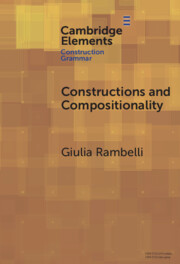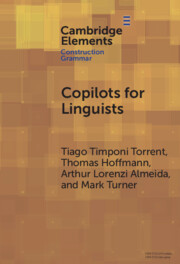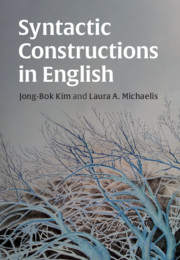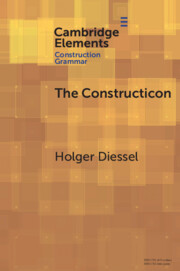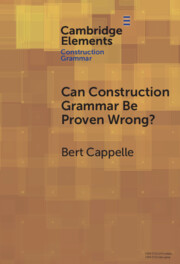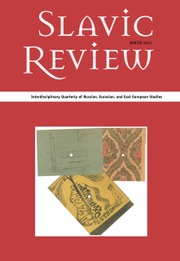Constructions and Compositionality
How do we understand any sentence, from the most ordinary to the most creative? The traditional assumption is that we rely on formal rules combining words (compositionality). However, psycho- and neuro-linguistic studies point to a linguistic representation model that aligns with the assumptions of Construction Grammar: there is no sharp boundary between stored sequences and productive patterns. Evidence suggests that interpretation alternates compositional (incremental) and noncompositional (global) strategies. Accordingly, systematic processes of language productivity are explainable by analogical inferences rather than compositional operations: novel expressions are understood 'on the fly' by analogy with familiar ones. This Element discusses compositionality, alternative mechanisms in language processing, and explains why Construction Grammar is the most suitable approach for formalizing language comprehension.
Product details
January 2025Hardback
9781009517393
102 pages
229 × 152 × 8 mm
0.287kg
Available
Table of Contents
- 1. Introduction
- 2. The problem of compositionality as a processing principle
- 3. Accessing meaning non-compositionally: insights from experimental data
- 4. Explaining productivity through analogy
- 5. Rethinking compositionality: a constructionist perspective
- 6. Conclusive remarks
- References.

